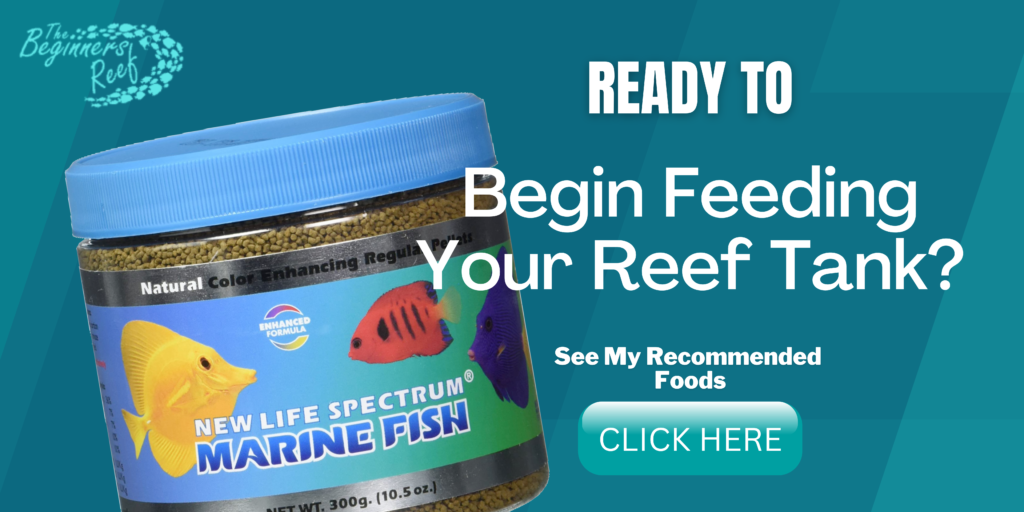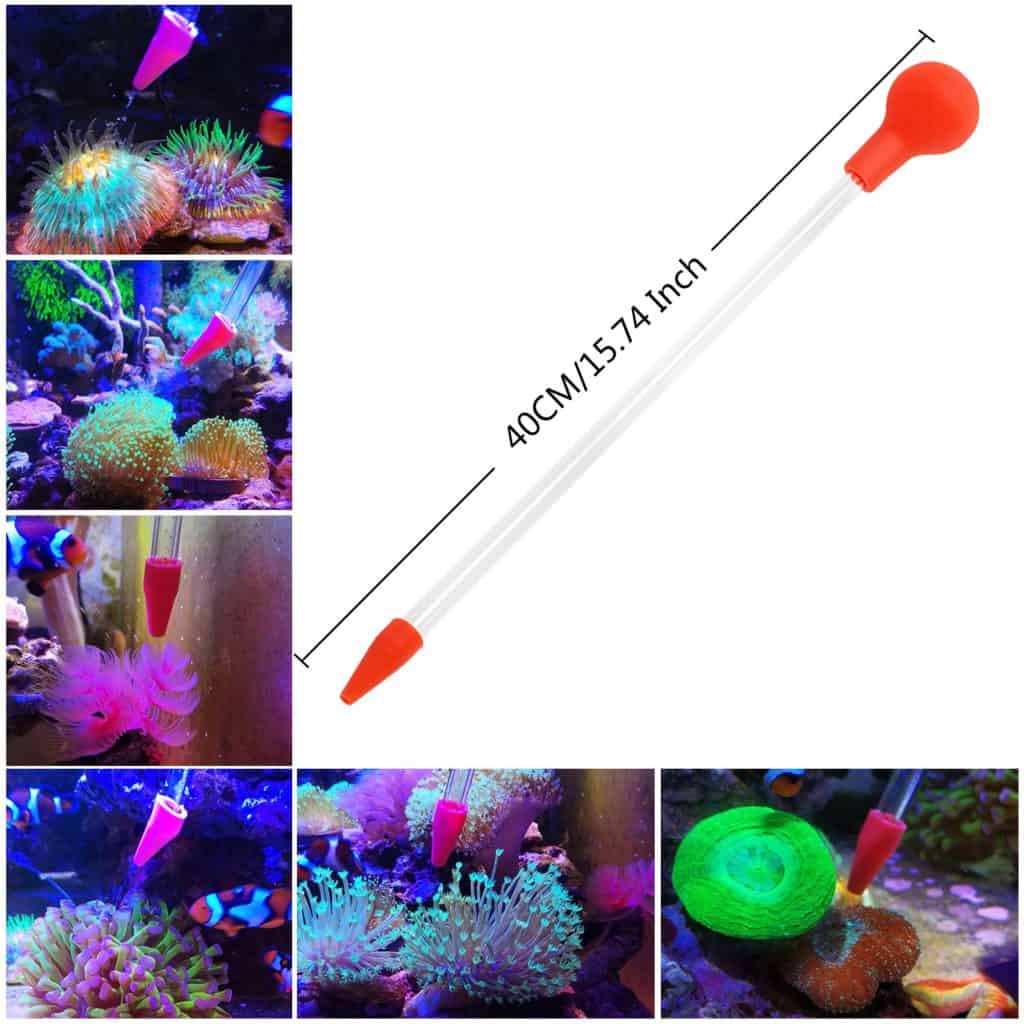Getting your new fish home to your aquarium is always super exciting for you. But spend a moment to think about your new purchase. Chances are they are terrified and highly stressed.
Think about the last time you were put in an unknown location and it was very busy and chaotic. I know your heart rate rose! I’m pretty sure the last thing on your mind was eating! This is the same for most fish when moved.
There is no rule to feeding new fish straight after acclimation, but the fish will tell you. Some fish will be out swimming immediately, while others may go and hide. A small feed to test their appetite will show if they are ready to accept food. If not, wait 24 hours and try again.
There is no science to this and like any pet, with time you will learn to understand them. This article gives you some great tips and information on feeding your fish after they have joined your family.
What To Do if a New Fish is Not Eating?
If a new fish is not eating, check for territorial fish harassing them, try and place food near their hiding place with a feeding tube, Cath them and isolate them in a fish trap to get them feeding, try different food, try feeding at a different time of the day or after light have gone out.
It has been 2-3 days and you have not seen your new fish and you are starting to get worried. Are you able to find your fish? Is it hiding in a dark hiding spot? Are any other fish pestering it?
These are some of the things to try and answer. I once had a Royal Gramma that was really shy when I first introduced him to the aquarium. I had not seen him for days so I went looking for him.
One tip I was given was to get a small mirror and use it to look down the side of the aquarium that is up against the wall. I was lucky enough to catch a glimpse of his tail sticking out of a hole in the live rock. He was moving so now I went to step #2.
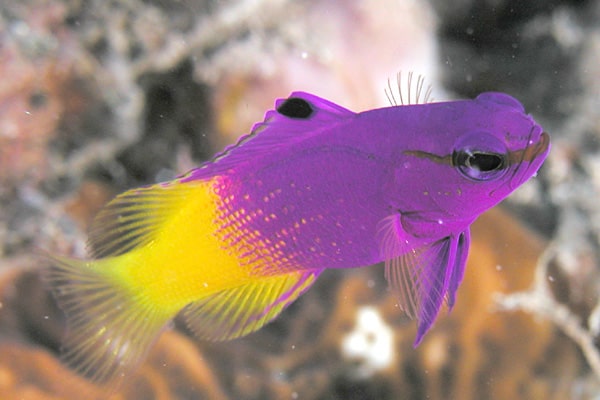
I waited until the lights went out on my aquarium and then came back downstairs about an hour later with a red-lensed flashlight. This allows you to look into the aquarium without disturbing the inhabitants. Apparently fish cannot see red light – Who knew!?
I found the Royal Gramma out swimming around while the other fish slept. This may be the case for your new fish. Especially those that are very shy or you have some boisterous or territorial fish in there.
I would drop in a few pellets for it each night when it was swimming around and after approximately 10 days he started to appear during the day.
If, on the other hand, your fish is out swimming but not eating you may want to look at the following options:
- Try a different food – Not all fish may like what you feed them. Try frozen, or Mysis, sinking pellets or freeze-dried
- Call the store you brought the fish from and see what they feed their tanks
- Hopefully, you have done your research and you know if the fish requires a special diet. Mandarin Dragonets and Copperband Butterflyfish are notorious to convert to eating your foods
- Try feeding at a different time of the day
- Try placing food directly near the fish using a turkey baster or feeding pipette/syringe
- Catch the fish and place them in a breeder trap or isolation box and get them feeding without the other fish pestering them
- Try and net them and get them into a quarantine tank to allow for a closer inspection and treat for a possible internal parasite curbing their appetite
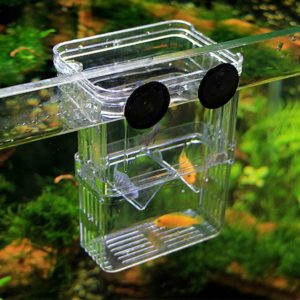
Find Them Here at Amazon.com
How Long Does it Take for a New Fish to Settle?
On average it takes between 3-7 days for a new fish to settle into an aquarium. It may hide for several days because it is being chased as territory is altered, it may be out swimming straight away, or it may be up hiding in a corner. During this time it may not feed with the rest of the tank.
If this is the case I always feed the main tank fish first. This gets them distracted and leaves the new addition alone. I then try and place some food right by the new fish in an attempt to get them feeding. Usually the first day the fish can be timid, but as the lights go out they tend to venture around the tank a lot more.
As each day passes the new fish will begin to find their territory and settle in.
Are There Tips To Help New Fish Settle In An Aquarium?
Your new fish are about to enter their final home and making it as stress-free as possible for them will not only ensure their health but can help to reduce the chance of a stress-induced illness like Ich appearing.
Here are a few tips:-
Feed Your Tank Just Before Adding – By doing this your aquarium inhabitants will be distracted as the new addition gets added. You don’t need to feed much, just enough at the opposite end of the aquarium to get the crowd over there and let the new guy/s find a hiding spot.
Keep The Aquarium Lights Off – Moving any fish from one tank to another is a stressful time, especially if they have just come from the fish store or through the mail. By turning off the lights, it keeps your other fish a little subdued and allows your new addition to slip into the shadows and settle.
Target Feed the New Addition – Over the next few days keep an eye on your new fish and ensure it gets some food given directly to it if it is hiding a lot. A busy, chaotic tank can make some fish take a week or more to come out and join in.
Quarantine – Allowing your fish to spend time in quarantine not only protects your main aquarium from diseases but also allows your new addition/s to recover from shipping and get used to your food. More on this later!
Is Fish Quarantine Necessary?
Placing newly bought fish in quarantine is not required but highly advised, especially for a saltwater aquarium. Quarantine can be used to allow the new fish to gain their appetite, up on a healthy weight, and be treated for infections and parasites. 4-8 weeks are typical quarantine periods.
As a beginner to saltwater aquariums, you may have seen the word ‘Quarantine’ floating around and it conjures up images of sick people in isolation in third-world countries.
The same can be said for fish. Quarantine is a separate aquarium that can either be set up at any time or stay running 24/7. ‘Great, another aquarium to look after‘ is most people’s thoughts! But I want to share with you a few things you may not know…
- A quarantine tank can be a small 5 gallon aquarium that can be set up for under $50
- It can be ready to go at a moments notice if you have a sick or new fish, providing you ‘Seed’ the filter sponge in your aquarium
- EVERY new fish you purchase SHOULD go into quarantine for at least 4 weeks
- This time period gives the fish time to recover from transportation
- Allows you to get the fish feeding without competition
- Allows the fish to build its strength if previously kept in a low-quality aquarium
- Allows you to treat for internal and external parasites, fungi and disease
- Prevents the introduction of ‘Tank-Dessimating’ illnesses like Ich & Velvet to your main aquarium
The tank only needs to be very simple, with no lights, no sand. Just a sponge filter, a heater, thermometer and a few PVC Pipe fittings for shelter and that’s all you need.
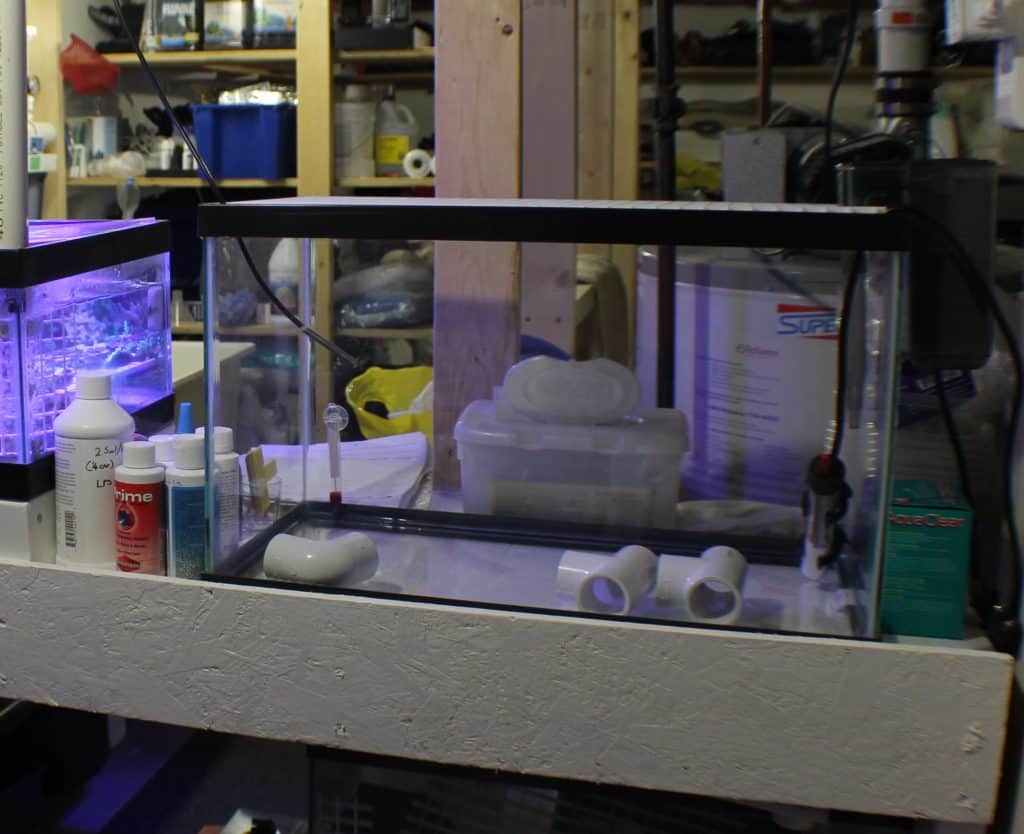
Your fish will really come on leaps and bounds if you place them in there for 4 weeks after purchase so that when they reach your display tank they will be fat, happy, illness-free, and strong to enjoy a new life in your glass box.
Not only does this ensure your entire shol is healthy it helps eliminate stress which is a catalyst for so many tank-destroying infections and illnesses!
For more information on Quarantine I really recommend you read my article dedicated to it:
Fish Quarantine. How To Be Ready In Minutes
To Finish
Your new fish will instantly tell you if they are going to accept food. Generally, if they are out and about within the first hour, they will probably accept a small portion of food.
If they are hiding just give them at least 24 hours before trying to feed them. If these are your first fish and they are not eating be sure to remove any portions of uneaten food to prevent it from breaking down and fouling your water. A turkey baster or gravel vacuum are great tools for removing said food.
With time your fish will get the confidence they need and then they will be out and about swimming all the time.
Further Reading
If you found this helpful you may also like some of our other articles:

